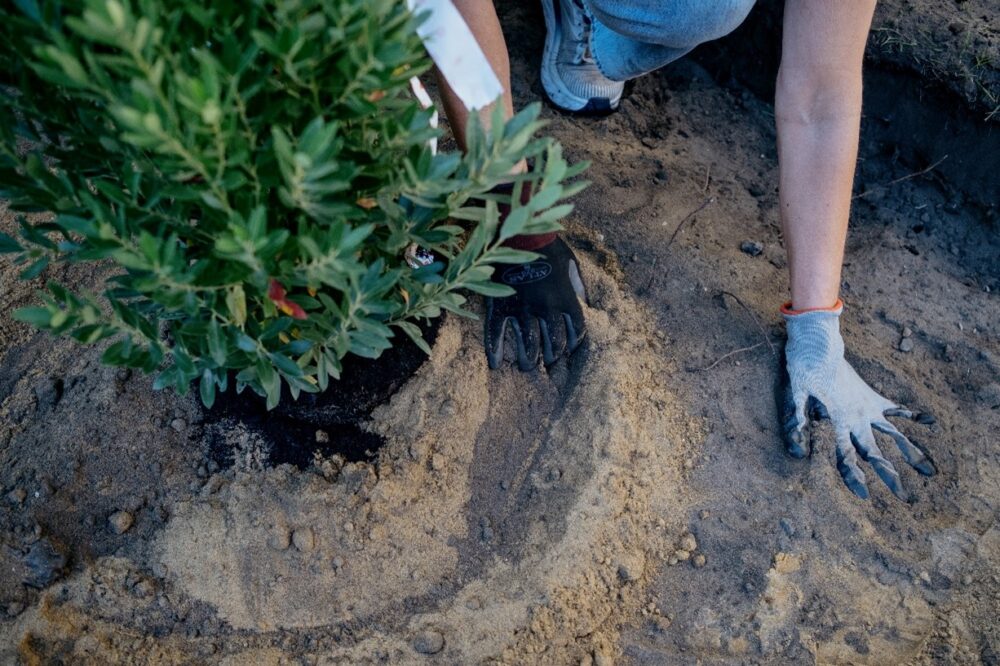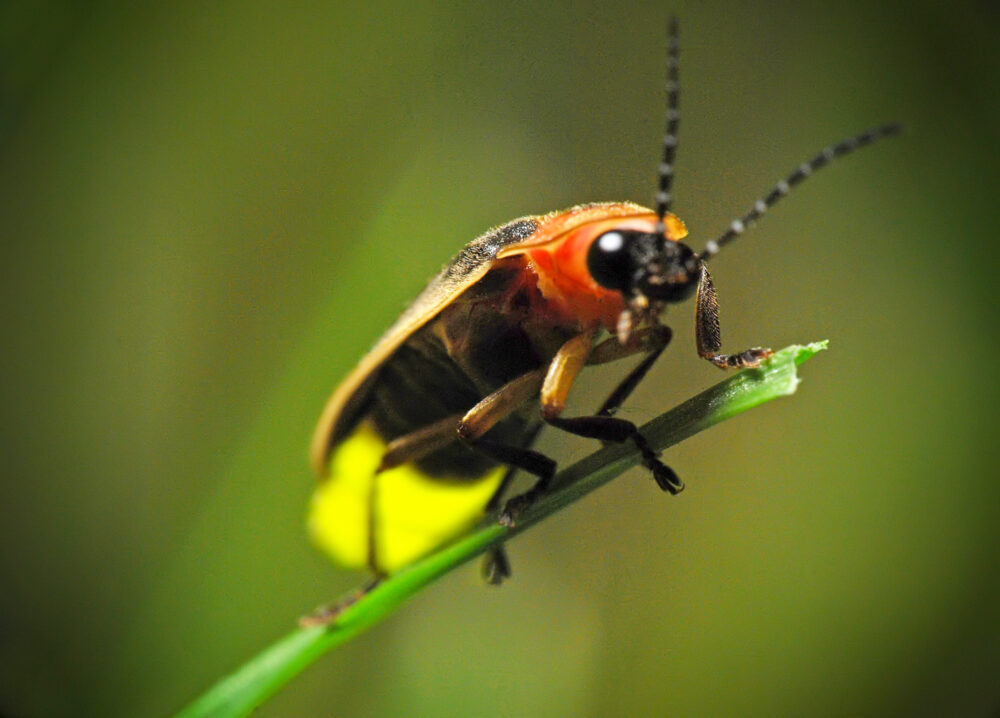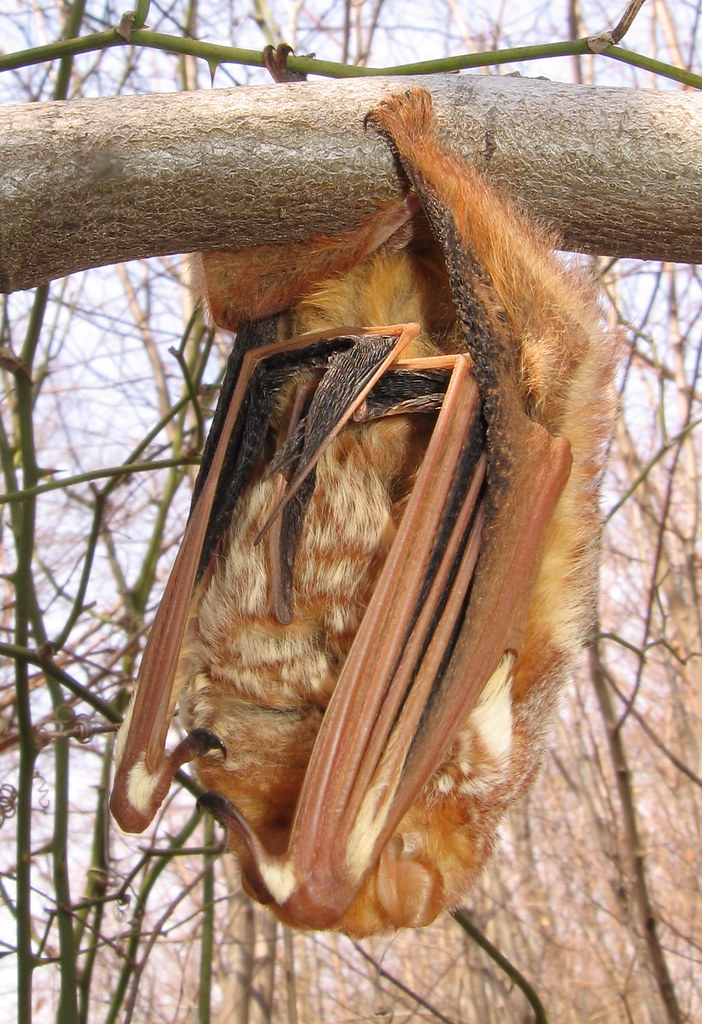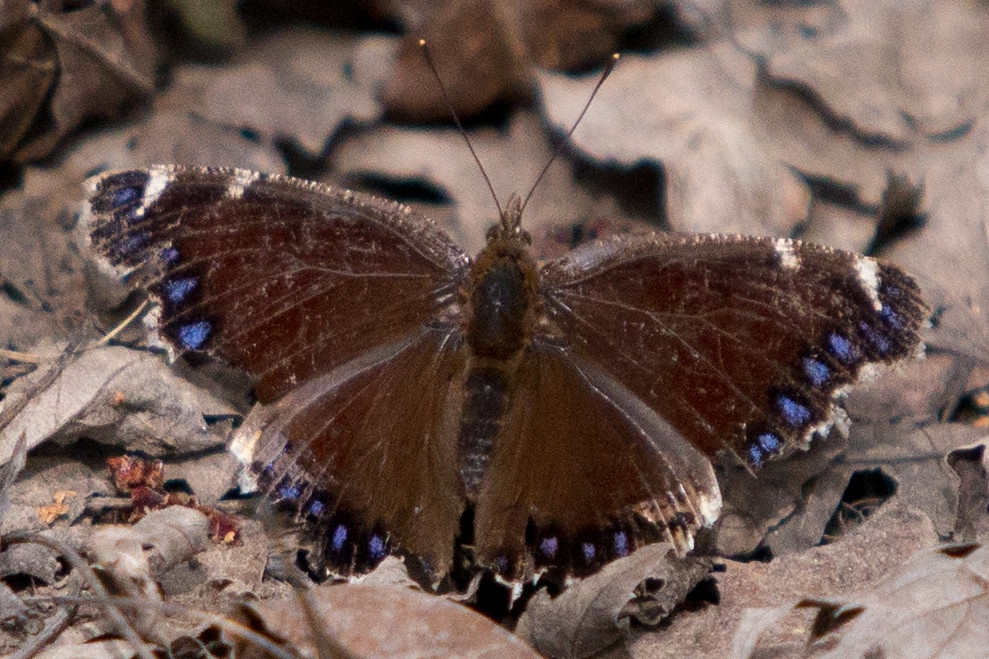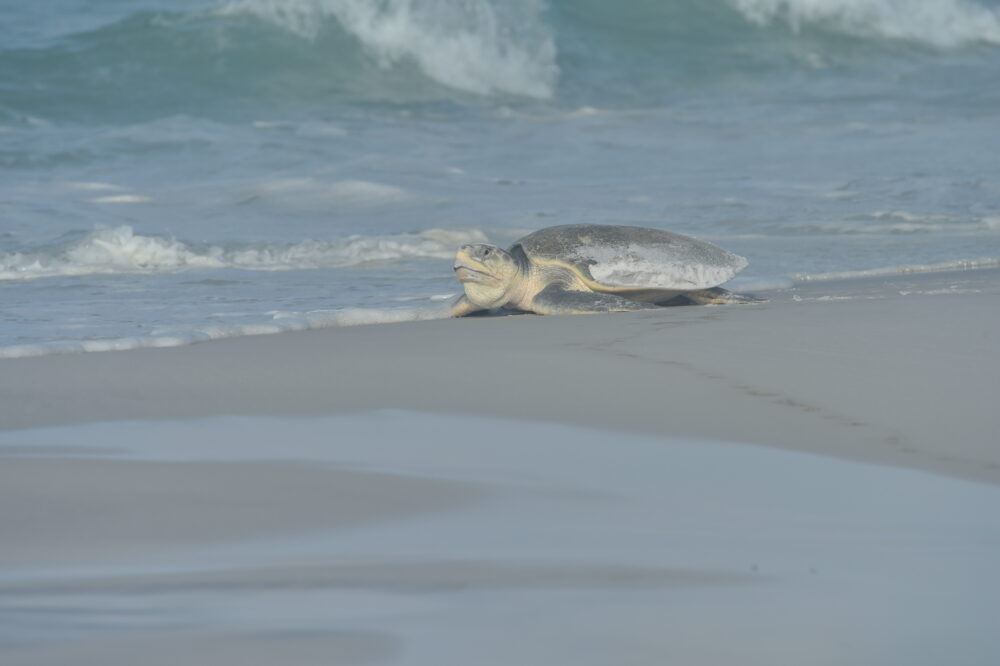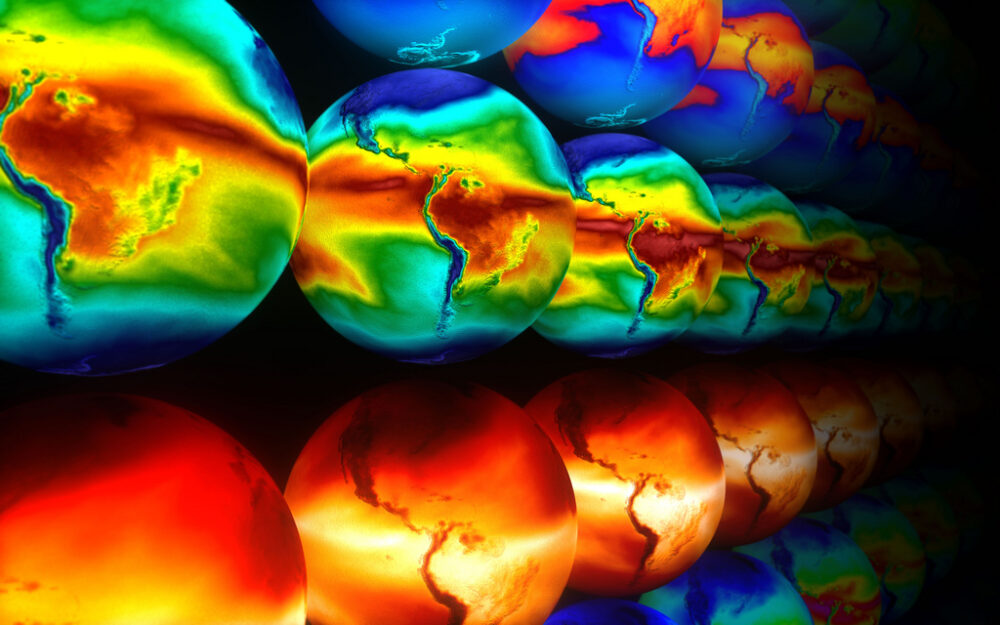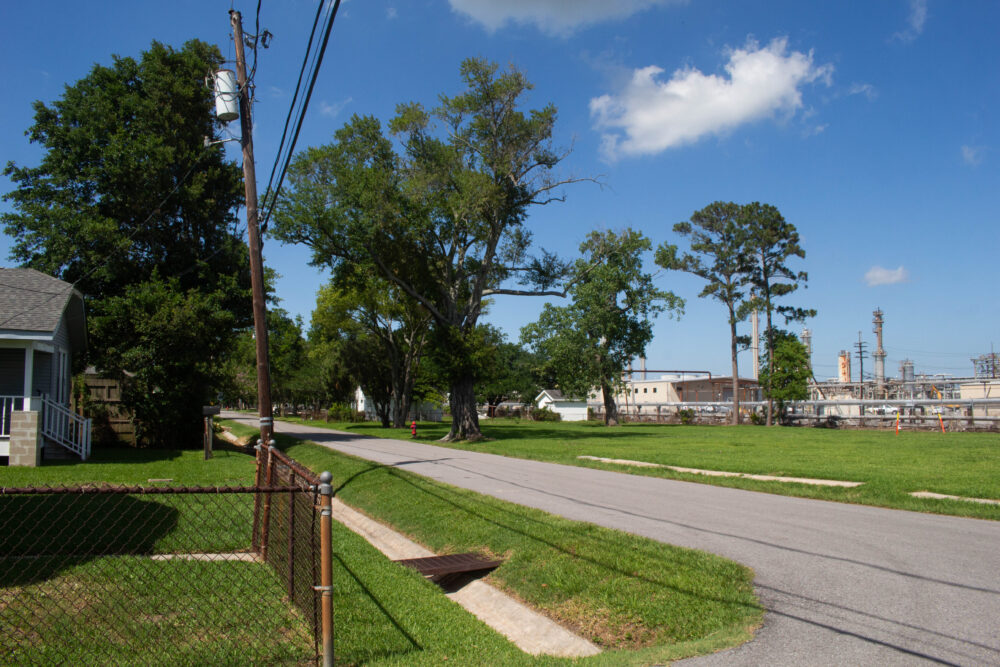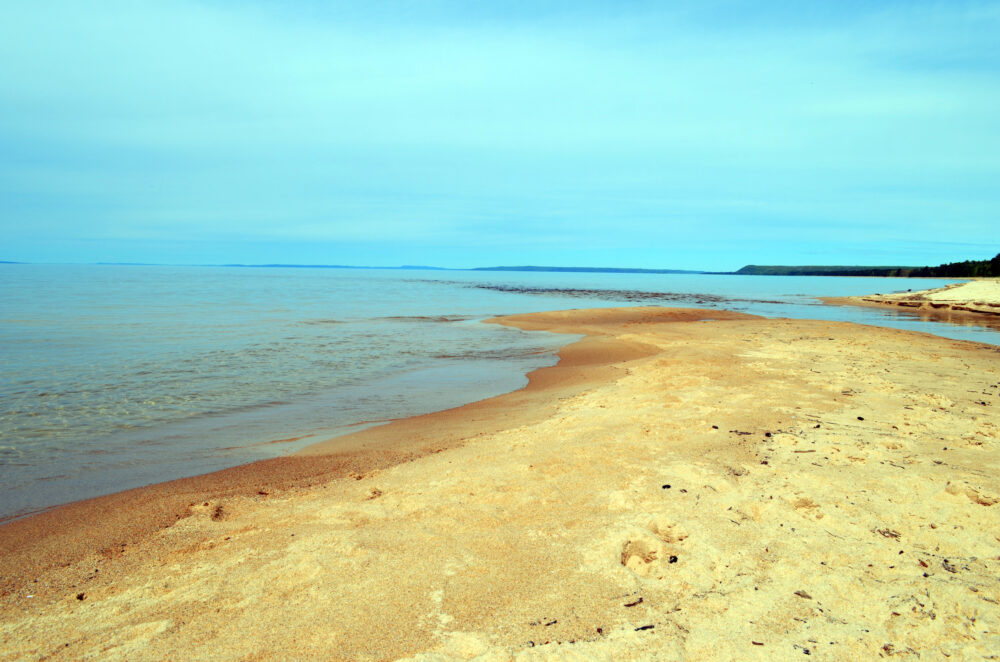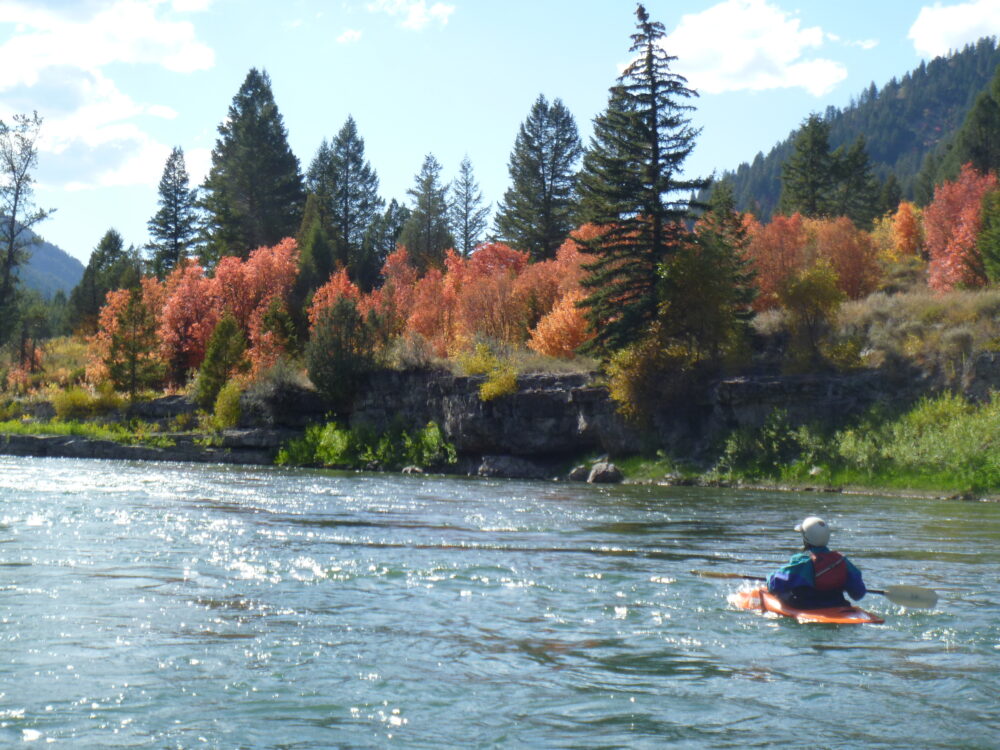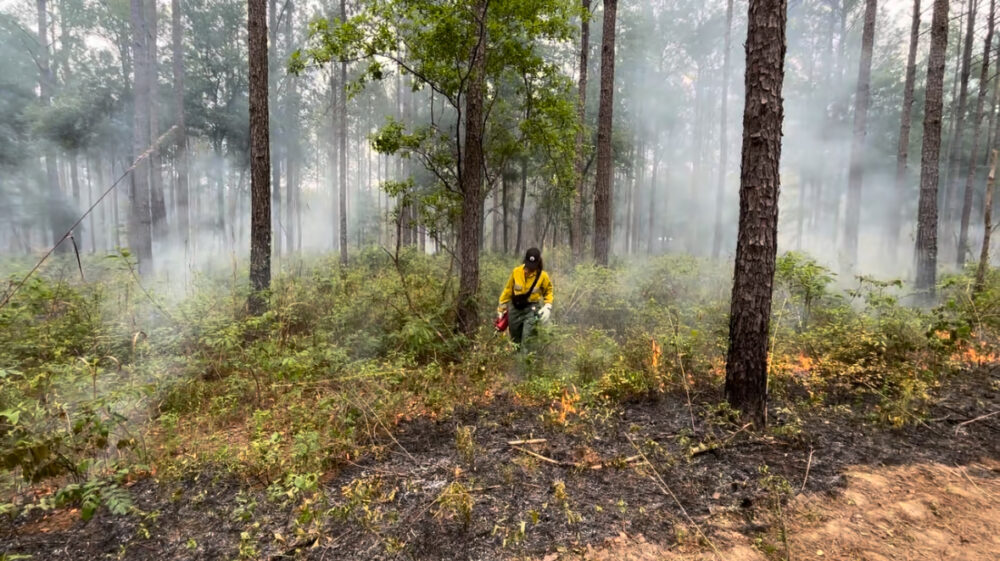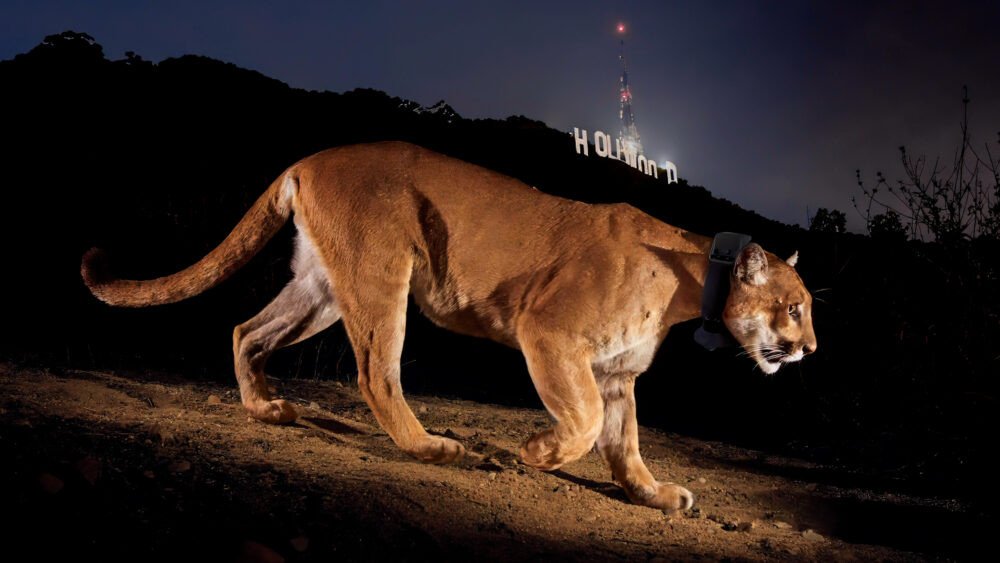We have much more to do and your continued support is needed now more than ever.
Great Lakes Restoration Efforts Benefit Wildlife
This Week in NWF History
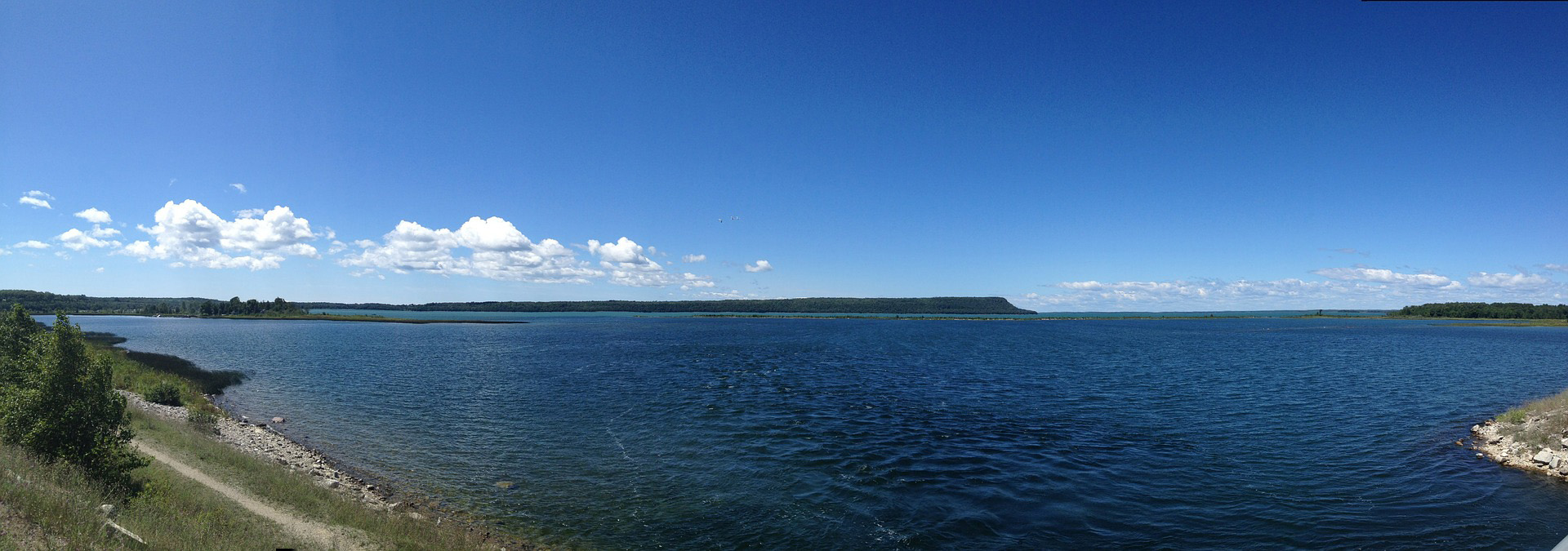
Since 1936, the National Wildlife Federation has worked to conserve the nation’s wildlife and wild places. As part of our 80th anniversary celebration, we are recognizing important moments in our history that continue to make an impact today.
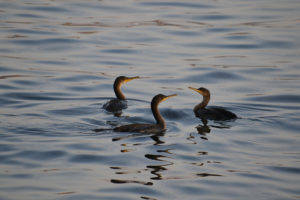
These and many other fish and wildlife success stories are the results of a decade-long federal effort to protect and restore the Great Lakes — a resource that 30 million people depend on for drinking water, and one that has provided a home for hundreds of fish and wildlife species, from lake sturgeon to otters.
The federal effort, called the Great Lakes Restoration Initiative is a top priority of the National Wildlife Federation and the Healing Our Waters-Great Lakes Coalition, which is co-led by NWF and National Parks Conservation Association.
The initiative has invested more than $2 billion in over 2,900 projects across the eight-state region of Minnesota, Wisconsin, Illinois, Indiana, Michigan, Ohio, Pennsylvania and New York to restore and protect the Great Lakes, its tributaries, and wetlands. Restoring fish and wildlife habitat, reducing runoff pollution, controlling invasive species, and cleaning up toxic pollution has produced positive results in communities across the region.
Coalition Securing Wins for Wildlife
The Healing Our Waters-Great Lakes Coalition, formed in 2005, consists of more than 140 organizations, from local watershed groups to national conservation organizations, all of whom share the common goal of protecting and restoring the Great Lakes. The Coalition and its members have been successful in making the Great Lakes a national priority for the last two presidents and U.S. Congress. Federal investments are paying off for wildlife as well as people. Over the years, the Coalition has chronicled more than 140 success stories.
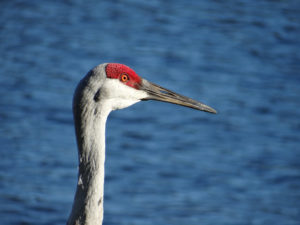
Despite the progress, serious threats remain. Two years ago, a harmful algal bloom in western Lake Erie poisoned drinking water for three days. Residents of Flint, Mich. also continue to grapple with lead poisoning, due in part to the region’s aging infrastructure and lack of funding to update both drinking water and wastewater systems. That’s why, this year, the Coalition is urging both major party candidates, Hillary Clinton and Donald Trump, to embrace Great Lakes restoration and protection.
Presidential Leadership Important
Presidential leadership has been vital in the effort to restore and protect the Great Lakes. Under the presidency of George W. Bush, more than 1,500 of the region’s citizens came together to craft a restoration plan for the Lakes. President Barack Obama, working with Congress, infused that plan with funding to jump-start a long overdue federal investment in a resource that has defined the region’s environment, culture, and identity in communities including Cleveland to Detroit to Chicago to Milwaukee.
Now, the National Wildlife Federation and Healing Our Waters-Great Lakes Coalition are asking both presidential candidates to invest in the Great Lakes, fund drinking water and waste water infrastructure improvements, and combat harmful algal blooms. We’ve invited both candidates to come to our annual Great Lakes conference — September 20-22 in Sandusky, Ohio — to explain their Great Lakes platforms.
We’re put out a vision for what the next president can do to keep federal restoration efforts on track; and we’re not alone. We’ve been joined by the region’s chambers of commerce, industry, and mayors in asking the next president to be a Great Lakes president in order to keep momentum going so that we can help people and wildlife.
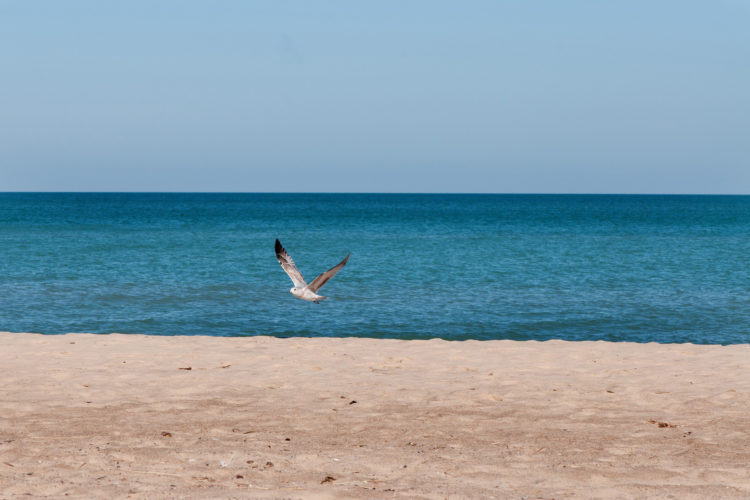
The stakes are high: cutting funding now will only make restoration projects more expensive and challenging the longer we wait. Therefore, the National Wildlife Federation and Healing Our Waters-Great Lakes Coalition will continue to work with the White House and U.S. Congress to ensure that Great Lakes restoration and protection remain a national priority.
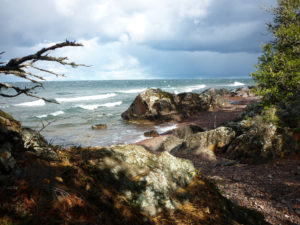
The results thus far have been inspiring: fish are returning to habitat after decades-long absences, communities are revitalizing their waterfronts, sparking new businesses, and people can enjoy new outdoor recreation opportunities, from kayaking along a Great Lakes tributary to bird-watching in an urban park. We are working to ensure the successes continue.
We are looking forward to our annual conference on the shores of Lake Erie and to hear what presidential candidates intend to do to stand up for this vital resource.
Join NowRegister now to attend the conference!





